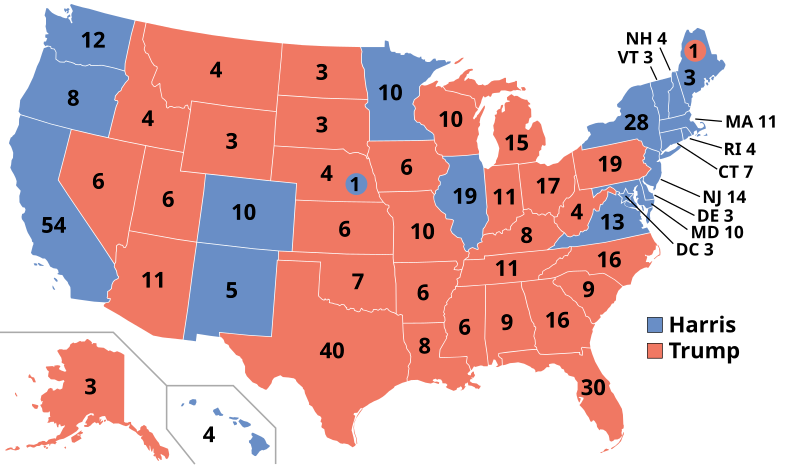The Clark County school district implemented a new identification badge policy mandating students to wear student identification badges visible on lanyards during school hours. To gain entry to school and classrooms students scan their badges.. The policy aims to increase security, but (at first) there was significant backlash.
The new policy emerged from a growing concern for campus security. In response to past school shootings and serious threats, this year CCSD adopted stricter identification measures. Despite its intention to enhance safety however, students and staff have expressed a range of opinions about its impact and effectiveness.
Principal Jessica Lovell explains that the policy’s primary goal is to ensure that only authorized individuals remain on campus. By requiring students to wear IDs and scan in and out, the school can quickly identify those who should or should not be present. This system not only helps in preventing unauthorized access but also allows for the swift identification of students involved in disciplinary actions. “It allows us to quickly identify students who may be suspended, in InHouse, or FAIR and who should not be allowed on campus” she explains.
From the student perspective, the reaction to the policy has been mixed. Student Nick Durazzo (12) feels that the initial negative responses stem from an adjustment period. According to Durazzo, the policy, while seemingly inconvenient at first, plays a crucial role in maintaining campus safety. “Most people are overreacting about the ID’s because they aren’t used to the ID’s,
but as long as the ID policy assures the students’ safety, it is a reasonable precaution.” He notes that although he has not personally experienced tardiness issues due to the new system, he recognizes that some students have faced delays. Durazzo argues that such tardiness, caused by circumstances beyond students’ control, should be excused.
Similarly, Kane Sison (11), has not encountered significant problems with the policy but observes that delays during peak times, when large groups of students are scanning in, have been a source of frustration. Sison notes that while most complaints he hears are about these delays, the underlying frustration is less about the policy’s intent and more about the logistical challenges it presents. “If anything, the feedback is mostly negative from the little I hear, and it’s only because of being tardy”.
In contrast, many staff members and administrators support the policy for its security benefits. Assistant Principal Ms. Galloway, and parent of students in the district, views the ID badges as a practical tool for ensuring safety. She argues that the IDs enable staff to easily identify students by their names and manage their presence on campus effectively. Principal Lovell echoes this statement, highlighting the policy’s success in keeping unauthorized individuals off campus and facilitating quick identification of students involved in disciplinary issues.
The ID badge policy, while aimed at enhancing safety, introduces new challenges and has not been without controversy. Students face the inconvenience of adjusting to new changes in routines and dealing with delays, which has led to frustration and negative feedback. Conversely, the policy’s advocates argue that the benefits of improved security and efficient identification outweigh the initial inconveniences.
The new ID badge policy represents a significant shift in how CCSD manages campus security. While it may face criticism for causing delays and requiring adjustments, its primary goal remains to create a safer environment for students and staff. Discipline for not wearing an ID badge around the neck and clearly visible has gone from a warning, to receiving lunch detention, but now entails receiving an immediate full day of In House suspension. As the school community continues to adapt to these new protocols, a deeper understanding of the policy’s intent and benefits may help alleviate some of the concerns and foster a more positive reception from the student body.

































